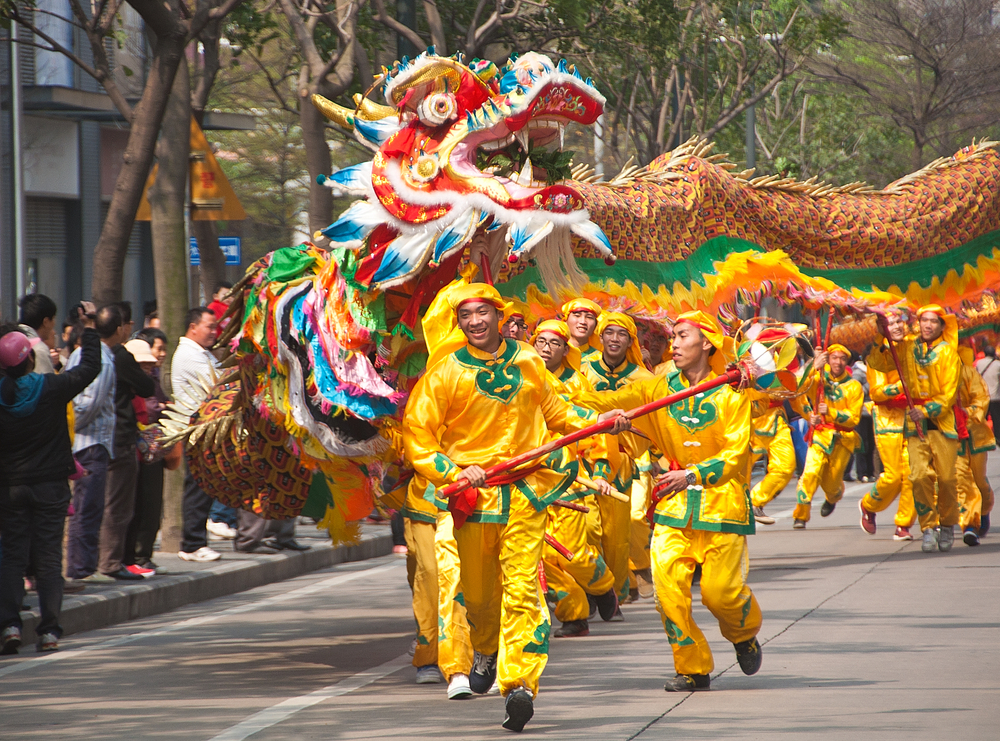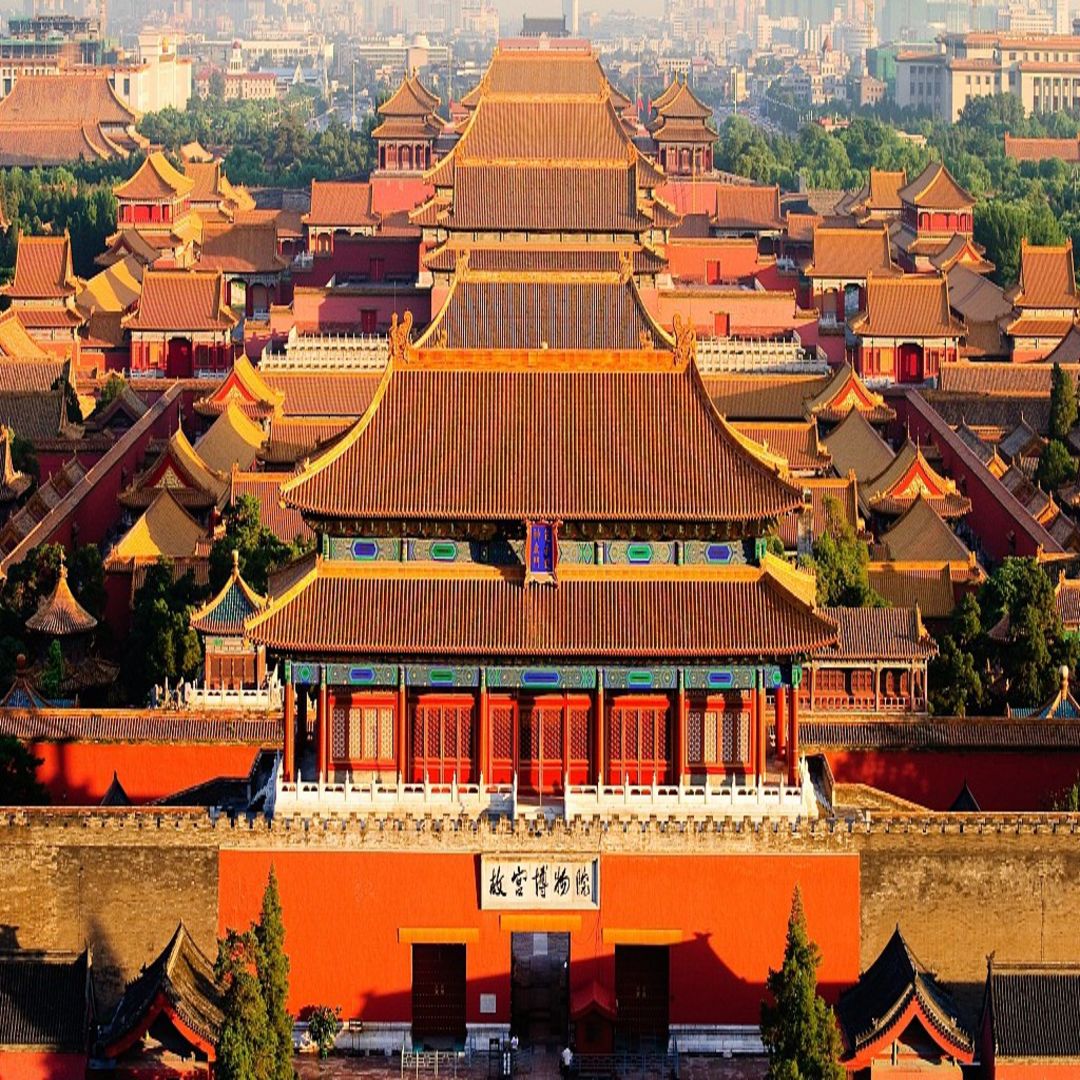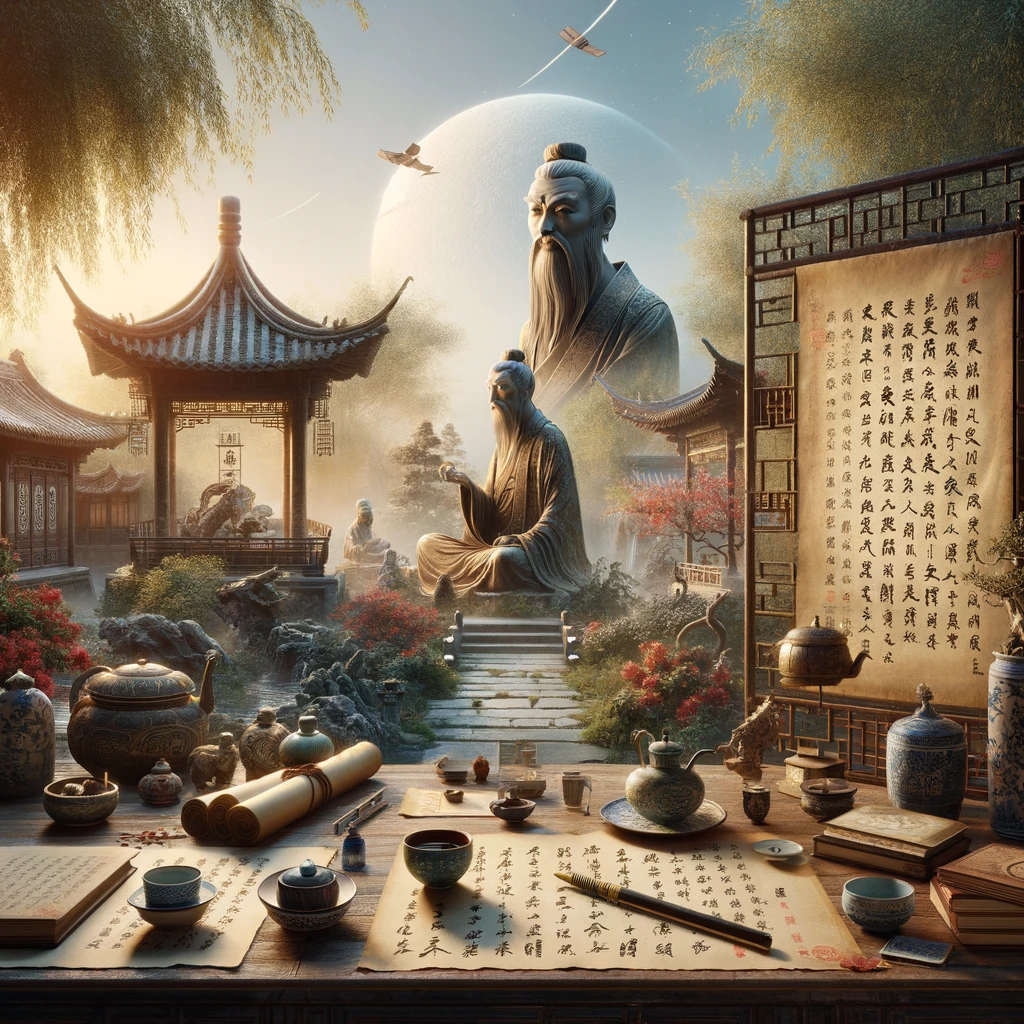1. Introduction to Chinese Traditions
Chinese traditions represent a rich tapestry woven from thousands of years of history, philosophy, and culture. The country’s vast diversity has allowed for the development of customs and rituals deeply intertwined with its philosophical underpinnings. The intersection of philosophy, art, and lifestyle is most visible in the way these traditions permeate everyday Chinese life, from the grand scope of spiritual practices to the subtle details found in daily rituals. Understanding Chinese traditions requires an appreciation of how philosophy influences both art and daily routines, shaping not just the physical but also the moral and spiritual landscape of Chinese society.

2. The Philosophical Roots of Chinese Culture
At the heart of Chinese traditions lies a complex philosophical foundation that draws heavily from Confucianism, Taoism, and Buddhism. Each philosophy offers distinct views on life, ethics, and human nature, but they converge in their influence on Chinese culture. Confucianism, for instance, emphasizes family loyalty, respect for elders, and the importance of social harmony. Taoism advocates for living in accordance with the natural flow of the universe, fostering simplicity and balance. Buddhism, which entered China from India, introduced a deep spiritual approach to life and the afterlife, which was incorporated into Chinese thinking and culture. These philosophical ideas shaped Chinese art, architecture, and societal norms, influencing everything from government policies to everyday customs.

3. Chinese Art: A Visual Reflection of Philosophy
Chinese art is a direct manifestation of the country’s deep philosophical traditions. Traditional Chinese painting, calligraphy, and sculpture often embody the principles of Taoism, Confucianism, and Buddhism. For example, Taoist influence can be seen in the use of fluid lines and emphasis on natural landscapes in Chinese paintings. Artists often strive to capture the essence of nature rather than mere visual accuracy, reflecting the Taoist concept of harmony between humanity and the universe. Similarly, Confucianism's focus on order and propriety is evident in the formal styles of Chinese calligraphy, where each brushstroke is considered both an aesthetic and moral act. This connection between philosophy and art helps preserve cultural values and offers insights into how Chinese people view the world and their place in it.

4. The Role of Chinese Architecture in Lifestyle
Architecture in China reflects the philosophies of balance and harmony, especially as influenced by Taoism and Confucianism. Traditional Chinese homes, such as the Siheyuan (courtyard houses), are designed with an emphasis on symmetry and a close relationship between the inside and outside spaces. Feng Shui, the ancient practice of arranging physical space in harmony with the natural world, plays a pivotal role in Chinese architecture. The placement of buildings, the orientation of furniture, and even the choice of materials are influenced by these principles to ensure balance and positive energy flow. This harmonious approach extends beyond architecture into daily life, where personal spaces are often organized to promote peace and tranquility, reflecting the Taoist ideal of living in balance with nature.

5. The Influence of Confucianism, Taoism, and Buddhism on Modern Living
Although these three philosophies originated centuries ago, they continue to shape modern Chinese society in profound ways. Confucianism has influenced family structures, with filial piety still considered a core value in Chinese homes. This practice is evident in the way younger generations care for elders, respect their parents, and uphold the family name. Taoism, with its focus on balance and simplicity, has impacted the health and wellness culture in China, with traditional practices such as Tai Chi and Qigong being widely practiced for their physical and spiritual benefits. Buddhism’s teachings on mindfulness and compassion resonate in the way people approach relationships and mental well-being. Collectively, these philosophies foster a culture where harmony, respect, and spiritual balance are deeply embedded in everyday life.
[Insert Image Here]
6. Chinese Festivals: Celebrating Philosophy Through Tradition
Chinese festivals serve as a living expression of the nation's philosophy, offering a tangible connection to cultural values and spiritual beliefs. The Lunar New Year, for example, is celebrated with rituals designed to honor ancestors and promote good fortune for the coming year. It reflects Confucian ideals of family loyalty and respect for elders. The Mid-Autumn Festival celebrates the harvest and the unity of the family, symbolizing the Taoist pursuit of balance. Buddhist holidays, such as the Vesak, commemorate the birth, enlightenment, and death of Buddha, reinforcing values of compassion and mindfulness. Each of these festivals integrates philosophy into the very fabric of Chinese lifestyle, demonstrating how these ancient ideas continue to shape contemporary practices and celebrations.
:max_bytes(150000):strip_icc()/GettyImages-464739911-57c75bae3df78c71b6414f42.jpg)
7. The Interplay Between Nature and Chinese Culture
Chinese culture has always been deeply connected to nature, a theme that is especially prevalent in Taoism. The reverence for natural landscapes is reflected in the way Chinese people interact with their surroundings. Gardens, which are an integral part of Chinese architecture, are designed to embody the principle of harmony, blending artificial elements with natural beauty. Traditional Chinese gardens are miniaturized landscapes that represent the larger world and the principles of Taoism, offering a space for contemplation and reflection. This connection with nature also extends to the art of Chinese poetry, where nature is often used as a metaphor for inner emotional and spiritual states. In modern times, this relationship with nature remains a vital part of Chinese culture, influencing everything from urban design to environmental policies.



You must be logged in to post a comment.